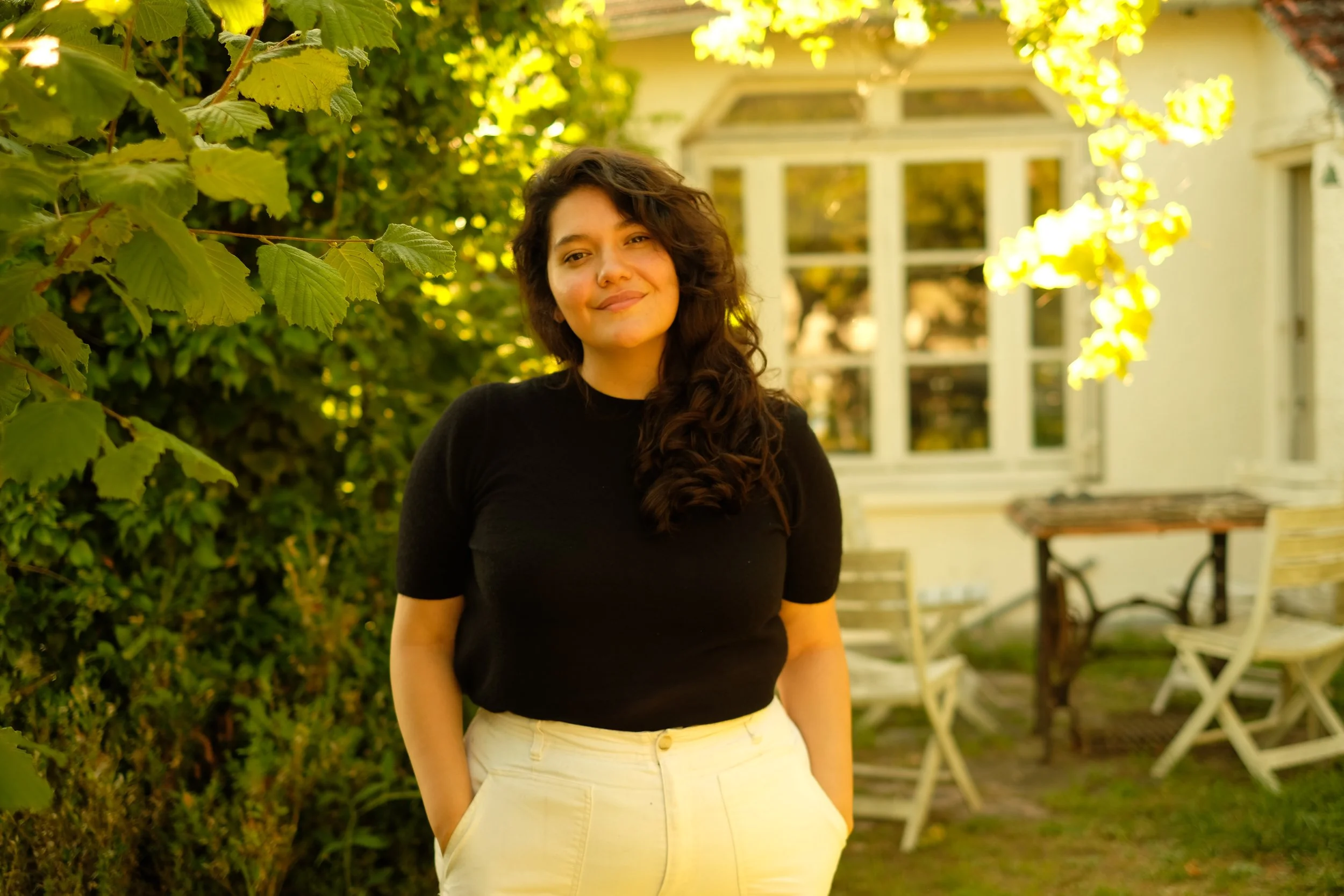The Armenian Institute Welcomes Dr Erin Piñon
Dear Friends of the Armenian Institute,
I am so delighted to introduce myself as the Armenian Institute’s new Operations Manager. It is an honour to join an organisation whose work I have long admired—preserving, sharing, and celebrating Armenian culture in the UK and beyond.
I come to AI with a background in museums, arts administration, heritage stewardship, and cultural programming, along with a deep personal commitment to Armenian studies and diaspora heritage. Perhaps most importantly, I am a հայագետ, and have spent over a decade researching Armenian visual and material culture and history. My academic background bridges art history, Armenian studies, and curatorial practice, with a focus on early modern Armenian book arts, spanning cultural networks from Europe to Asia. My interests in materiality and the book as object were supported as a graduate student at Princeton University, where I earned a PhD in Art and Archaeology in 2024.
My earliest exposure to Armenian art happened in the diaspora, as an undergraduate at Tufts University working under Christina Maranci (Mashtots Professor of Armenian Studies, Harvard University). In nearby Watertown, Massachusetts, home to the second largest Armenian population in the United States, I paged through my first manuscript at the Armenian Library and Museum of America (ALMA, now AMA) and gained invaluable early training handling rare material. Access to AMA’s diverse collection of manuscripts and early printed books proved formative for my course of study by allowing me to explore illustrated and non-illustrated texts across genre, period and regions.
Over the last decade, I have been lucky to work closely with museums, libraries, and cultural organisations in both the UK and abroad, supporting projects that safeguard and activate cultural collections. I feel particularly fortunate to have worked in Yerevan for many years—as a two-time Fulbright recipient, a researcher at the Matenadaran, and as a visiting lecturer in Armenian art at the American University of Armenia. My interests in the flexible boundaries of the Armenian church, its patrons, parish and protectors inevitably stem from my experiences with members of the Armenian diaspora and the religious and cultural institutions charged with safeguarding Armenian art and cultural heritage sites. Understanding and learning to navigate the ways in which Armenians self-identify has guided my decision to join the Armenian Institute, my subsequent research, and forthcoming book, which uses a material record and visual vocabulary to reconstruct how early-modern Armenian communities positioned itself in both text and image.
Now, stepping into this role at the Armenian Institute, I look forward to helping guide its next chapter. As many of you know, the Institute has always been a place where past and present meet—where archival treasures sit alongside vibrant contemporary voices. Over the coming months, we will be quietly laying the groundwork for several exciting new initiatives that will expand how we share Armenian history, language, and culture with the public. While we cannot reveal all of the exciting details just yet, I can say that these projects will open new ways for people of all ages and backgrounds to connect with the Armenian story.
I look forward to meeting many of you at upcoming events, whether in the Institute itself or online, and to sharing more about the projects we’ve been working on behind the scenes. In the meantime, thank you for welcoming me so warmly into the Armenian Institute family.
With gratitude and excitement,
Erin Piñon
Operations Manager
Armenian Institute


